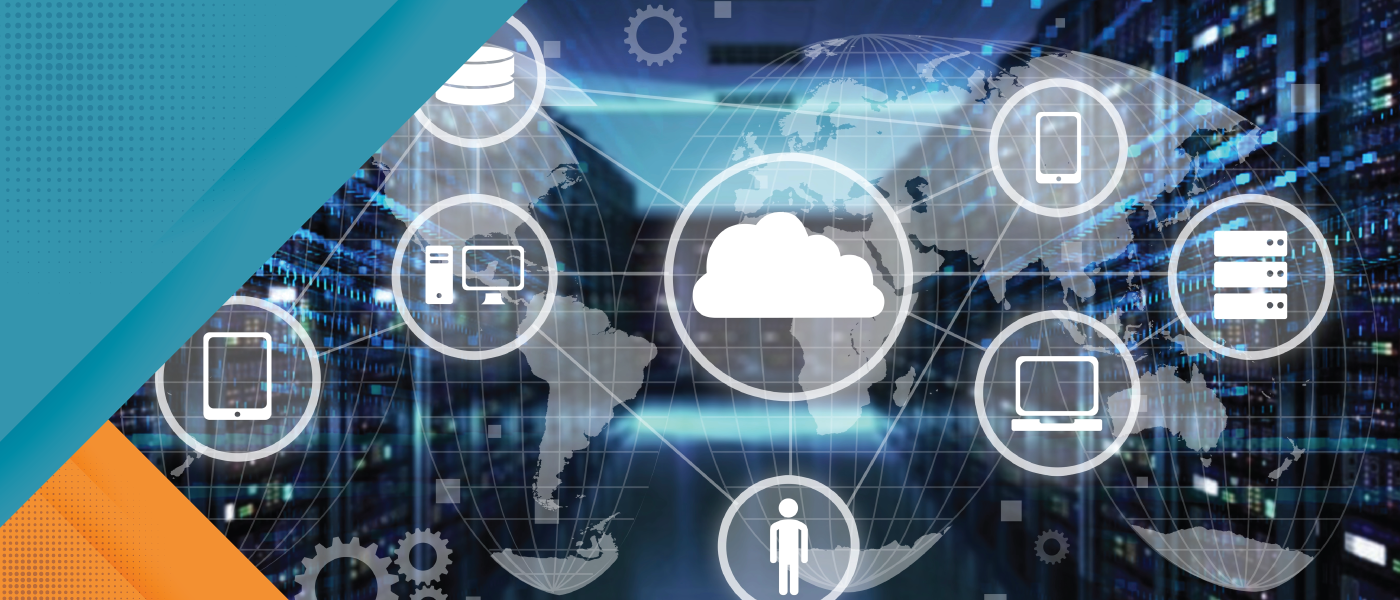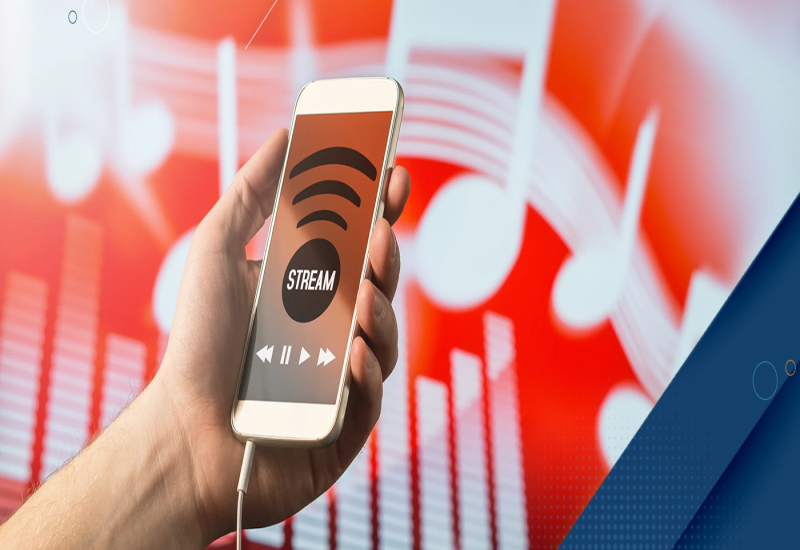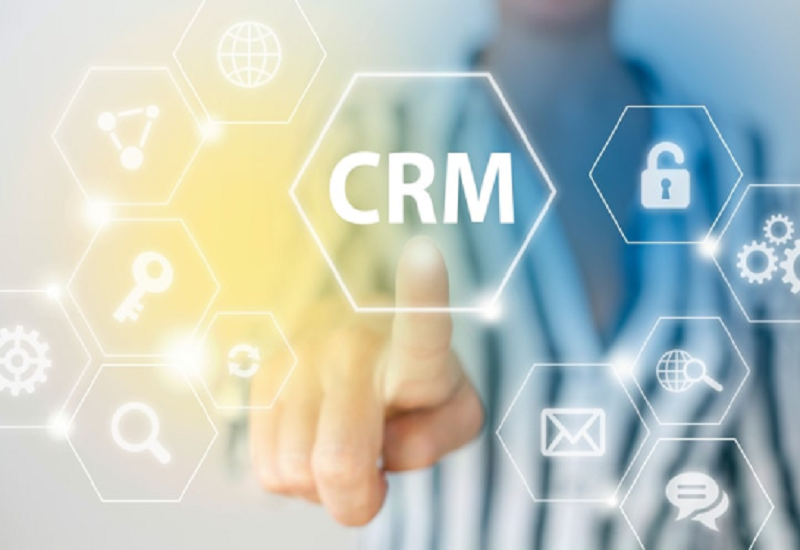






What is the impact of regional digital transformations and the incorporation of emerging technologies in business operations? Explore why companies are turning to MSSPs to monitor, manage, and mitigate security issues, paving the way for potential growth opportunities.

Which evolving hybrid work practices address the new future of work? Which developments are impacting the meeting space? Explore the various business/professional uses and the main device categories enabling video in meeting spaces, home offices, and classrooms.

Examine key growth drivers like the availability of fast-speed connections with low latency and technological advancements facilitating multiple device streaming. Analyze the online and offline access provided by these services, along with the free and paid subscription plans.

How can global decarbonization goals be met? See how renewables are changing the game and optimizing solutions.
What’s decarbonization, and why is it important? Decarbonization refers to the steady reduction of carbon dioxide (CO2) emissions and, eventually, its elimination. The deployment of decarbonization technology aids emission-intensive industries in minimizing carbon emissions and meeting net-zero emissions protocols in the long term. To cut down carbon emissions and combat climate change, governments across the globe are counting on the five pillars of decarbonization: the rise of renewables, hydrogen economy, direct electrification and renewable heat, carbon capture utilization and storage (CCUS), and energy efficiency. Their implementation can be a potential game-changer to enable stakeholders to achieve carbon neutrality globally.
Schedule a dialog or email us at myfrost@frost.com to connect with an industry expert at no charge. We are taking unprecedented action to make our team available to help you cut through the media and politics to get factual one-to-one guidance for the issues and opportunities that matter most to your business.

How are organizations making significant strides in augmenting their capabilities?
Read more Request Info
Explore how this sector utilizes open-source data, dark web monitoring, and more
Read more Request Info
How is the complexity of deploying technologies driving service provider partnerships?
Read more Request Info
Why is there a continuous need to innovate and spend on next-generation tech R&D?
Read more Request Info
Examine the integration of customer relationship management applications with other solutions
Read more Request Info
Analyze customer perspectives across different CX channels in regions like Australia
Read more Request Info
How are analytics and workforce management poised to gain significance in the future?
Read more Request Info
What are the new opportunities in smart cities, eSports, entertainment, and more?
Read more Request InfoWith baselines for 5G consumer plans starting at the top end of 4G plans (for example, 100 Gb buckets and higher) and enterprise applications already generating IP traffic in terabytes per second, it should not be hard to see how the use of data from 2023 onward is going to scale quite rapidly. Soon, there will be a tipping point where 5G will be the preferred technology because of the cost and capacity to serve the demand for data. At present, 4G is still sufficient to handle most use cases in the market.
Read more
Disruption is not only unavoidable; it’s quite simply the “new normal.” Communications technology advancements, coupled with socio-demographic shifts such as the growing proportion of digital natives among consumers and the workforce, have transformed entire industries for the past couple of decades. However, it wasn’t until the recent pandemic that business models were disrupted on a truly massive scale. The widespread move to remote and hybrid workstyles wreaked havoc but created opportunities for organizations to rethink the way they operate and serve customers. Digital technology adoption skyrocketed in the past three years as business leaders strove to maintain worker productivity and effective customer engagement across expanded physical distances.
Read more
As most employees are back in the office at some level or about to return to the formal company office some of the time, many organizations are building or upgrading meeting rooms to support modern collaboration, with powerful audio-video conferencing platforms that have become ingrained in business communications. Employees now work differently than before, and new tools are required.
Read more
More organizations support hybrid and multi-cloud environments as both workers and workloads expand to more locations. Bring-your-own-device policies enable workers to access corporate applications and services from multiple places and platforms, and modern development tools decouple apps and services from the infrastructure that they run on, allowing flexible movement according to business needs. IT departments have adopted a variety of infrastructures and platforms on corporate premises and the cloud to accommodate these changes, creating the corporate hybrid cloud. Simultaneously, businesses are evaluating their infrastructure needs more critically and making more strategic choices among the available options, sometimes using multiple public cloud providers, or a multi-cloud environment.
The strategic imperative for today’s businesses is to transform or risk disappearing. As competitive pressures intensify and new business models emerge and create disruption, the recipe for success remains simple. Sell more at a lower cost. However, companies increasingly realize that getting that recipe right requires improved technology, which means sufficient bandwidth, flexible provisioning, security, connectivity network solutions, and high availability.
Frost & Sullivan and Applied Risk, a DNV company, have joined forces to publish a new white paper outlining practical steps for designing, implementing, and maintaining sustainable operational technology (OT) cyber security programmes. Securing OT—the control systems that manage, monitor, automate and control industrial operations—is a growing challenge for companies with industrial operations. As OT becomes more connected and networked to IT environments, cyber criminals are increasingly gaining access to, and control of, industrial infrastructure. OT-reliant sectors, including manufacturing, energy, healthcare, and transportation, now appear within the top ten most-attacked industries.
Read more